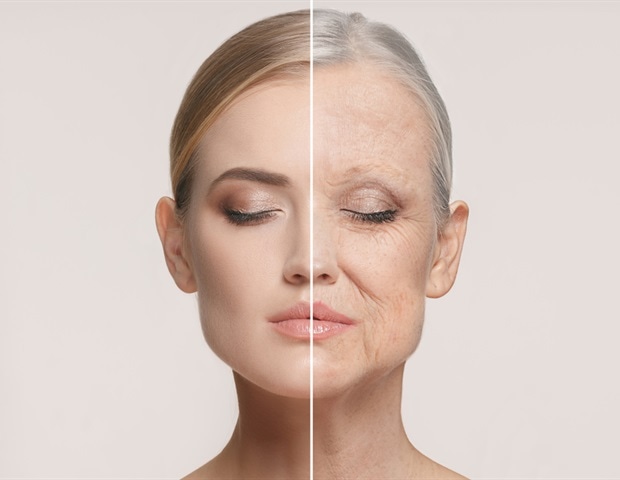Our sense of smell is more important than we often realize. It helps us enjoy food, detect danger like smoke or gas leaks, and even affects memory and emotion. Many people – especially after COVID-19, aging, or brain injury – suffer from a loss of smell. However, there are very few effective treatments, and those that exist often use strong scents or medicines that cause discomfort in patients.
In a study published this week in APL Bioengineering, by AIP Publishing, researchers from Hanyang University and Kwangwoon University in South Korea introduced a simple and painless way to improve our sense of smell using radio waves. Unlike traditional aroma-based therapy, which indirectly treats smell loss by exposing the patient to chemicals, radio waves can directly target the part of our brain responsible for smell, without causing pain.
The method is completely noninvasive – no surgery or chemicals needed – and safe, as it does not overheat the skin or cause discomfort.”
Yonwoong Jang, Author
In the study, the team asked volunteers with a healthy sense of smell to sit while a small radio antenna was placed near, but not touching, their forehead. For five minutes, this antenna gently sent out radio waves to reach the smell-related nerves deep in the brain. Before and after the short treatment, the authors tested how well the patient could smell very faint odors, like diluted alcohol or fruit scents, using pen-shaped odor dispensers called Sniffin’ Sticks. They also recorded the patients’ brain signals to see how active their smell nerves were.
The team found that their method improved subjects’ sense of smell for over a week after just one treatment.
“This study represents the first time that a person’s sense of smell has been improved using radio waves without any physical contact or chemicals, and the first attempt to explore radio frequency stimulation as a potential therapy for neurological conditions,” Jang said.
The results of the current study, which focused on people with a normal sense of smell, could help professionals such as perfumers, chefs, or coffee tasters, who need to distinguish aromatic subtleties. The method could be also used to preserve or even enhance the sense of smell.
As an important next step, the team plans to conduct a similar study on individuals with olfactory dysfunction, such as anosmia (complete loss of smell) or hyposmia (reduced sense of smell).
“This will help us determine whether the treatment can truly benefit those who need it most,” Jang said.
Source:
American Institute of Physics
Journal reference:
Bok, J., et al. (2025). Non-contact radiofrequency stimulation to the olfactory nerve of human subjects. APL Bioengineering. doi.org/10.1063/5.0275613.
